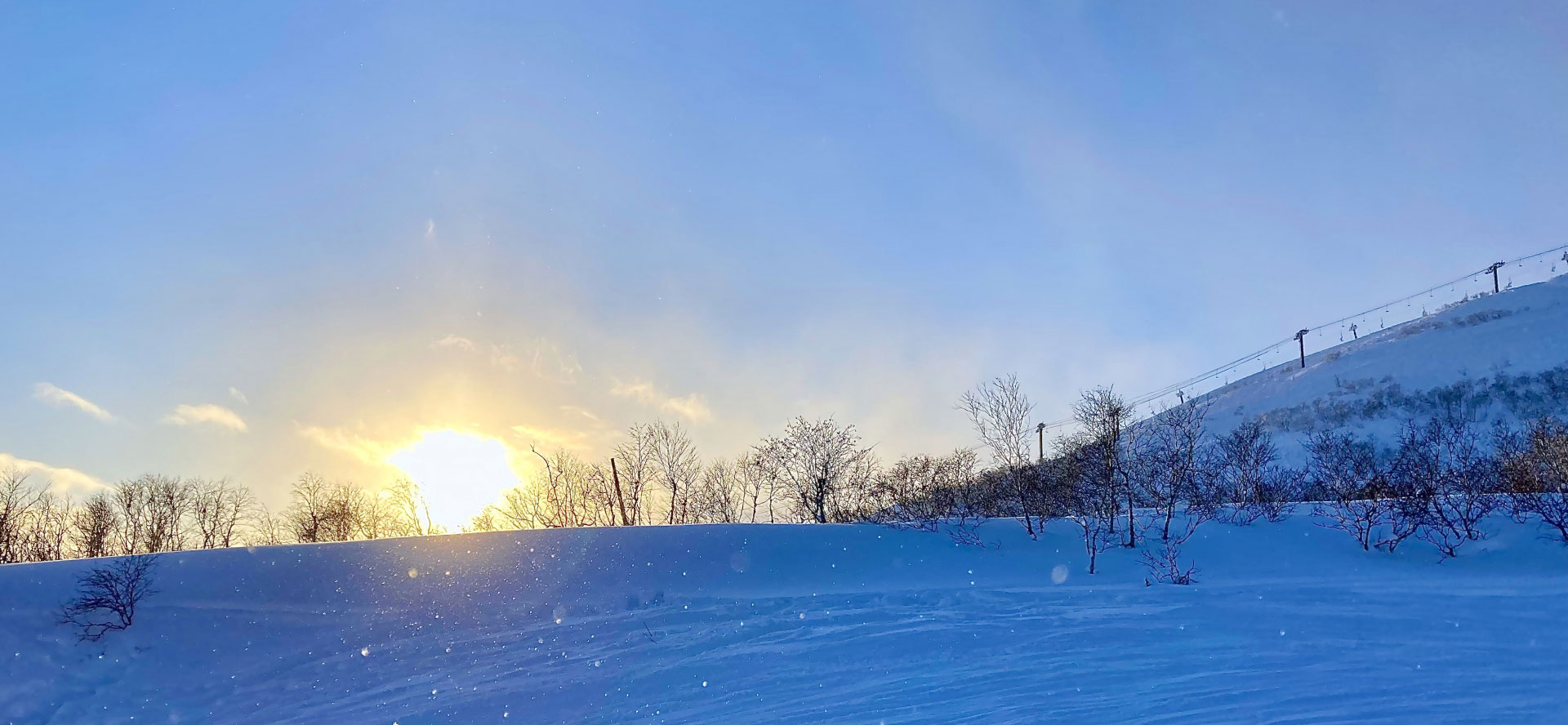I’m Takashi Akeyama, a representative of the Niseko VISA & Immigration Support Centre. As the only administrative office in Hokkaido specializing in VISA & Immigration and tourism, we help foreigners living in Hokkaido, mainly in Niseko, Otaru and Sapporo areas, to apply new or extend VISA, to change the status, such as working visas and spouse visas etc…. In this article, I will explain which visa (status of residence) should an “English teacher” obtain?
In Japan, English is taught at various schools and educational institutions. English teachers” work in a variety of school types, from kindergartens to universities. Some teachers obtain teaching licenses and work as regular teachers. On the other hand, there are also teachers who work as freelance English teachers, working in several educational facilities at the same time. So what kind of status of residence do these English teachers work under? To work as an English teacher, one of three visas is usually obtained.
“Education=教育” visa
The first is the “Education” visa. This visa is for teachers who teach languages and other subjects at “elementary schools,” “junior high schools,” “secondary schools,” “high schools,” “special-needs schools,” and “other schools” in Japan. To put it simply, a “teacher who teaches English at a school for children” is qualified for the status of residence Education.
As for the “teaching license” that is required for Japanese school teachers to teach, it is not required when obtaining “Education” visa. Therefore, although it is possible to obtain a status of residence “Education” as an English teacher without a teaching license, students must take classes from a teacher with a regular teaching license in order to earn credits. Foreign English teachers who do not have a teaching license are positioned as Assistant Language Teachers (ALTs).
When applying for “Education” visa, there are three categories depending on the organization you belong to and your employment status, and you are required to submit the necessary documents designated for each category. For full-time employment at schools, whether public or private, such as elementary, junior high, or high schools, the application process is relatively easy with few documents required, probably because the school is operating with government authorization.
“Professor=教授” visa
The second visa is the “Professor” visa. This visa is for professors who conduct research, supervise research, or teach at universities, junior colleges, or graduate schools in Japan. The difference between this visa and the “Education” visa is that the duties of a “Professor” include not only teaching at an institution of higher education, but also research activities and instruction of students’ research. If you conduct research at a research institute of a private company or a government agency, your visa status will be “Research” instead of “Professor”. In addition, applications for “Professor” status are divided into Category 1 or Category 2 depending on the applicant’s employment status (full-time or part-time), and there are differences in the documents required to apply for the visa.
” Specialist in “Engineer/Specialist in Humanities/International Services=技術・人文知識・国際業務 ” Visa
The third visa is the “Engineer/Specialist in Humanities/International Services ” visa. This visa is for teachers who teach languages at educational institutions other than those listed under “Education” and ” Professors”. A general example of a “Engineer/Specialist in Humanities/International Services ” visa is for a teacher who teaches at an English conversation school or an English cram school operated by a private company. In this case, language instruction is positioned as “work that requires thinking or sensitivity based on foreign culture.
For the “Engineer/Specialist in Humanities/International Services” visa, the applicant’s educational background and major at an institution of higher education must be consistent with the duties of the employing company. In addition, language instruction with this visa usually requires at least three years of working experience, but if the applicant has graduated from a university, he/she can work as a language instructor even if he/she does not have any working experience. Because the job categories covered by this visa are so broad, it is possible to change jobs within the same company as well as to move to another company within the scope of the job description. In other words, it is possible to engage in other types of work, including interpreting and translation, as well as language instruction. Of course, there is a condition that your educational background and major must match the job description.
Summary
In Japan, there are 19 types of work visas, and even for the occupation of English teacher, there are three types of visas, making it very complicated and difficult to understand. In addition, each visa has detailed regulations on the work that can be performed. If a foreign employee is unintentionally allowed to work outside the job description, it is a criminal offense to work illegally, and not only the foreign employee but also the employer can be charged with encouraging illegal employment. If you have any concerns about the job description of a foreign employee and the visa to be obtained, we recommend that you contact the Immigration Office or a nearby administrative scrivener.
The Niseko VISA & Immigration Support Centre help and support foreign nationals who are trying to overcome language, cultural and custom barriers and live as a member of Japanese society. If you have any questions or enquiries about this article, or getting working visa, please feel free to contact us by phone or via the ‘Free Consultation Form‘ on our website.




